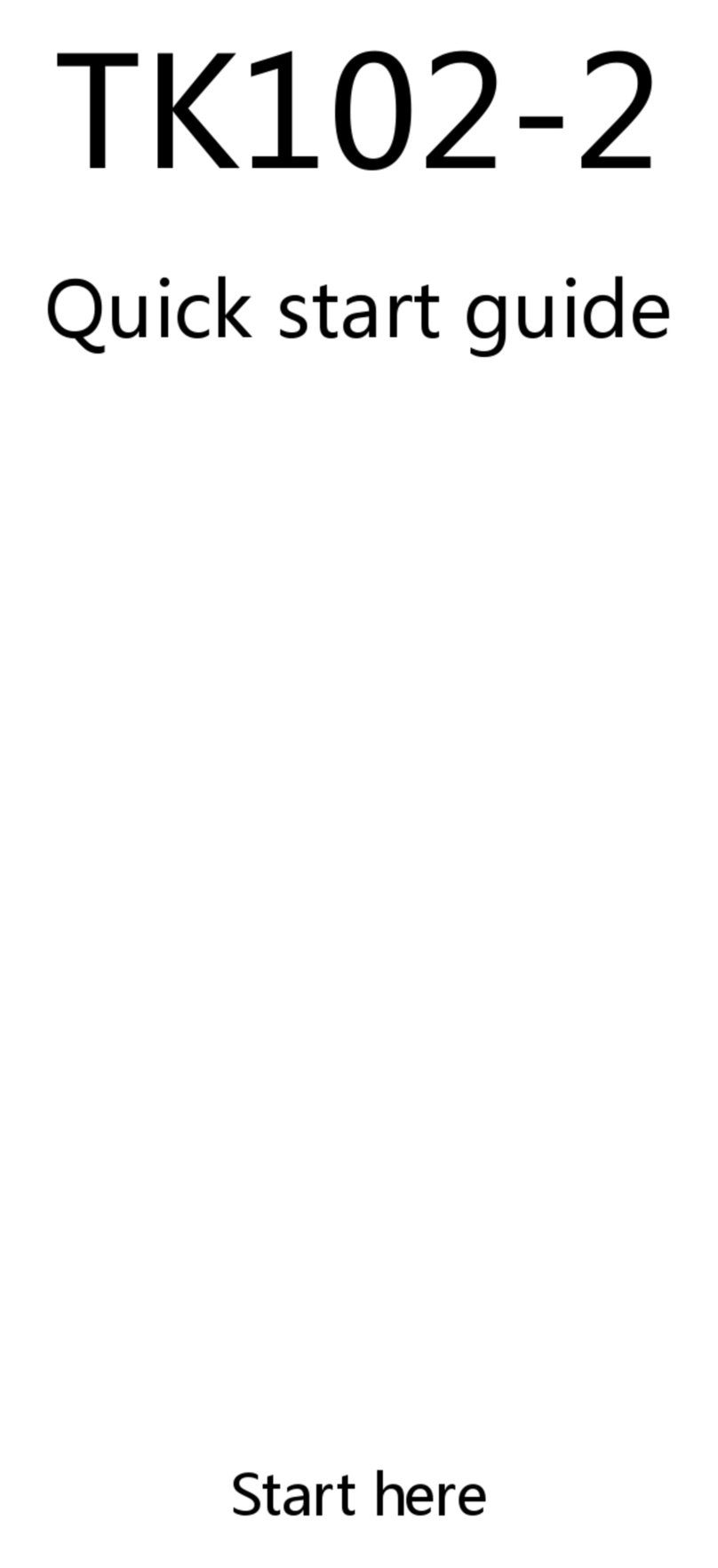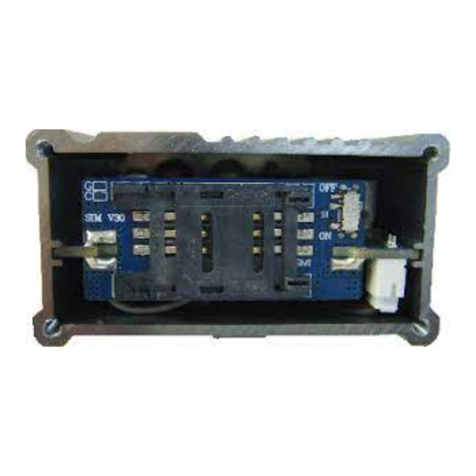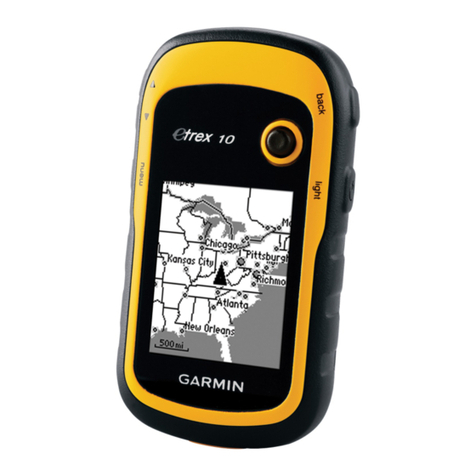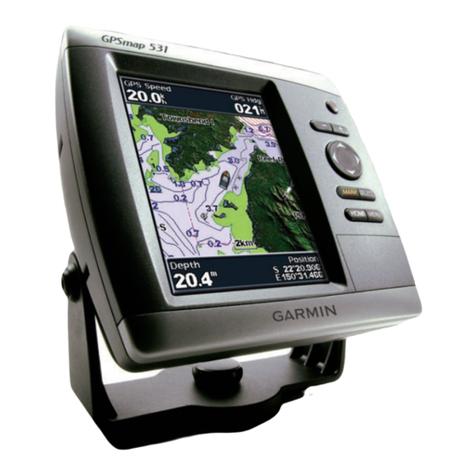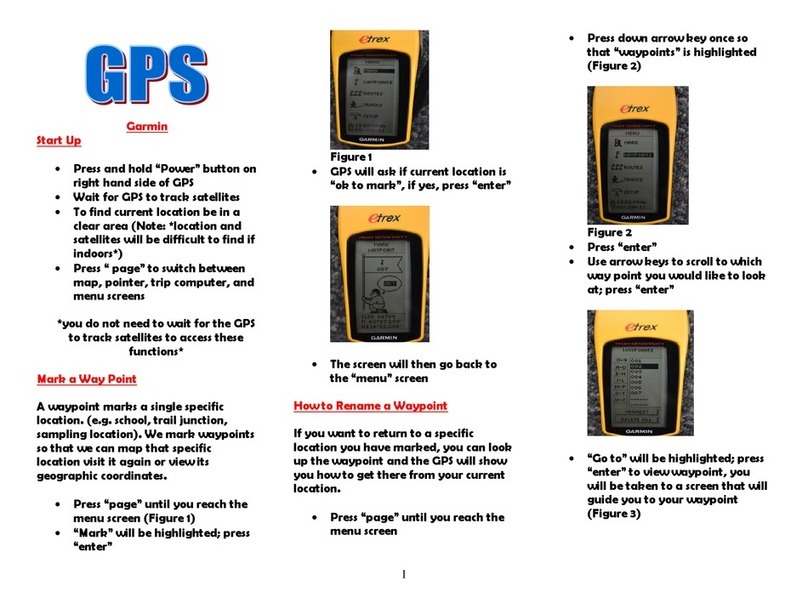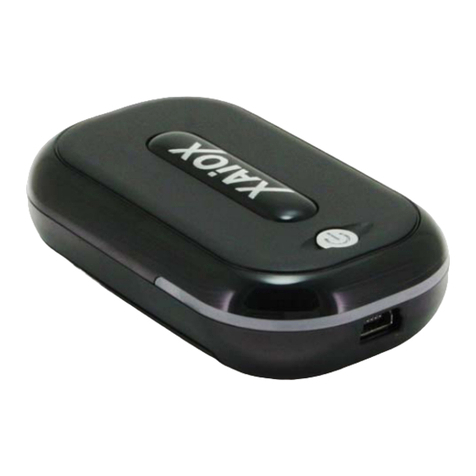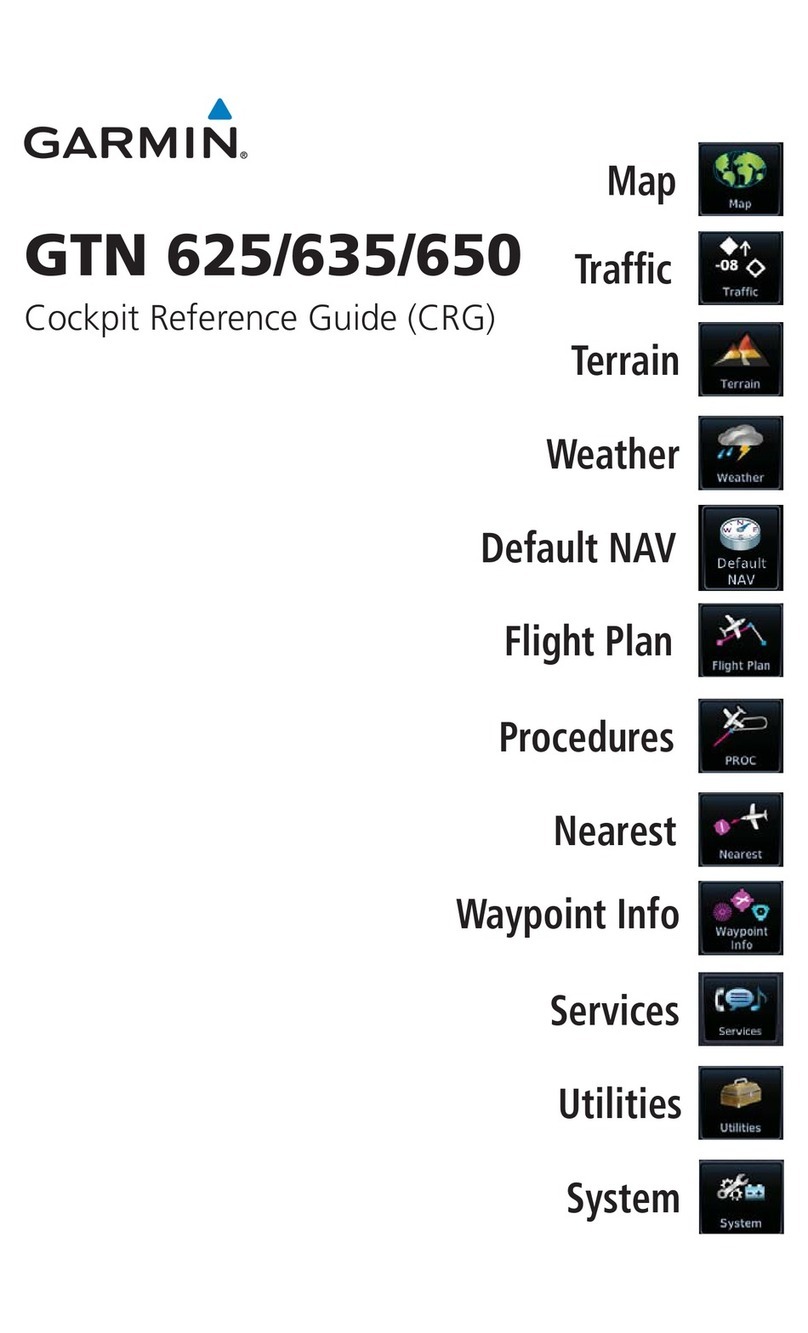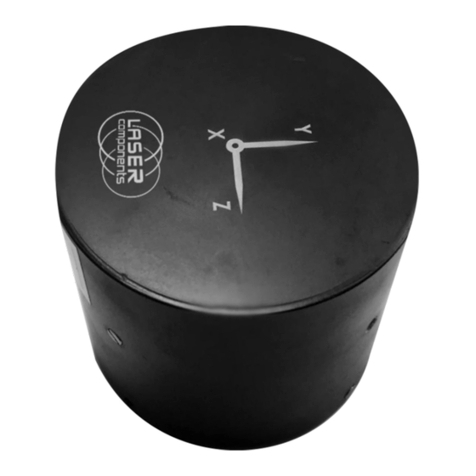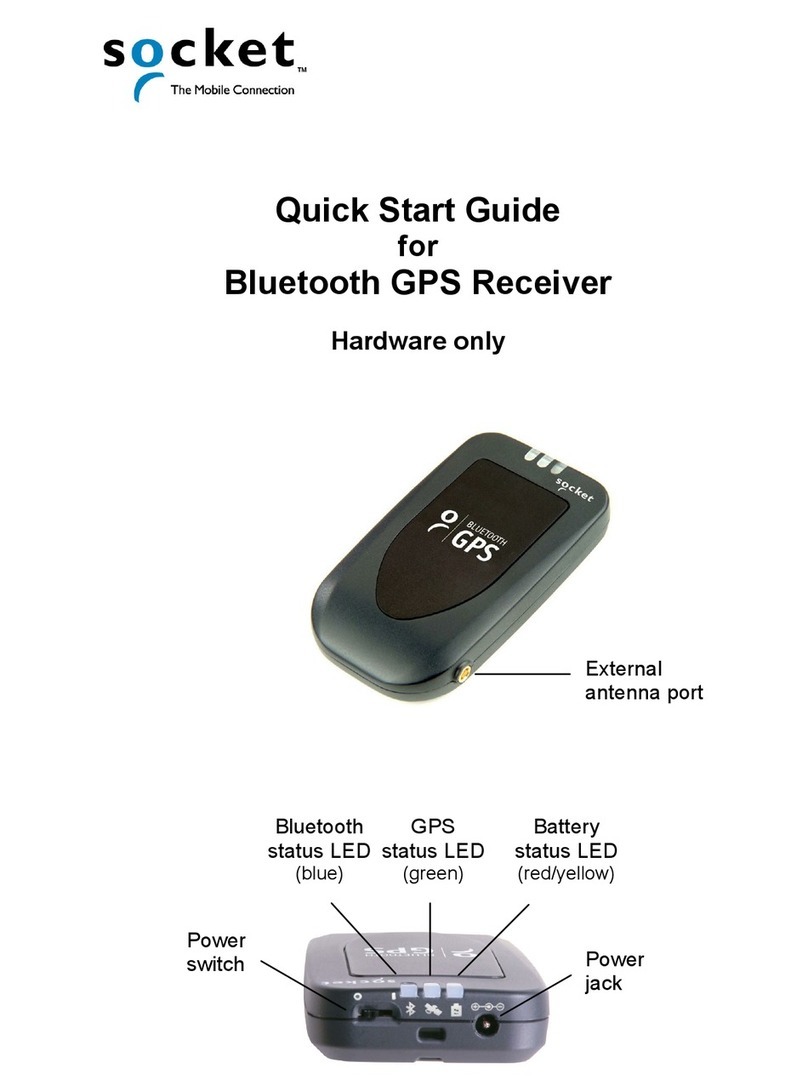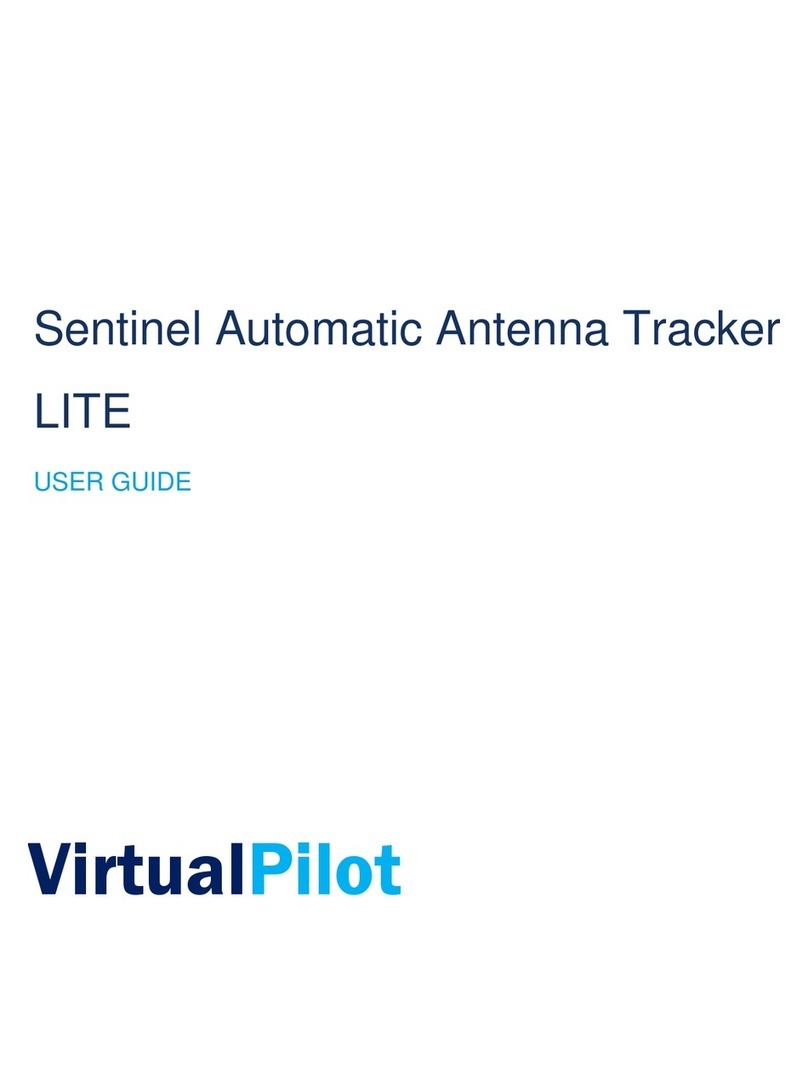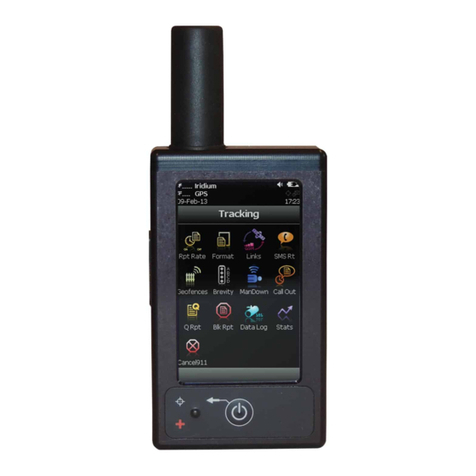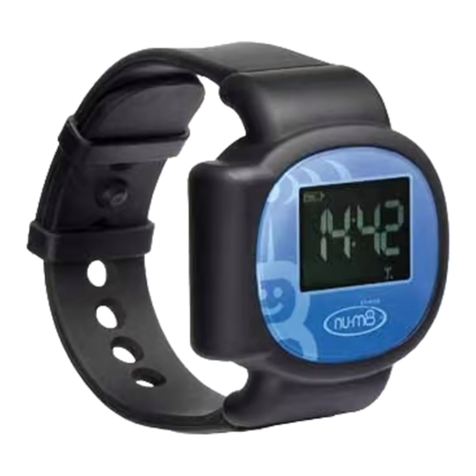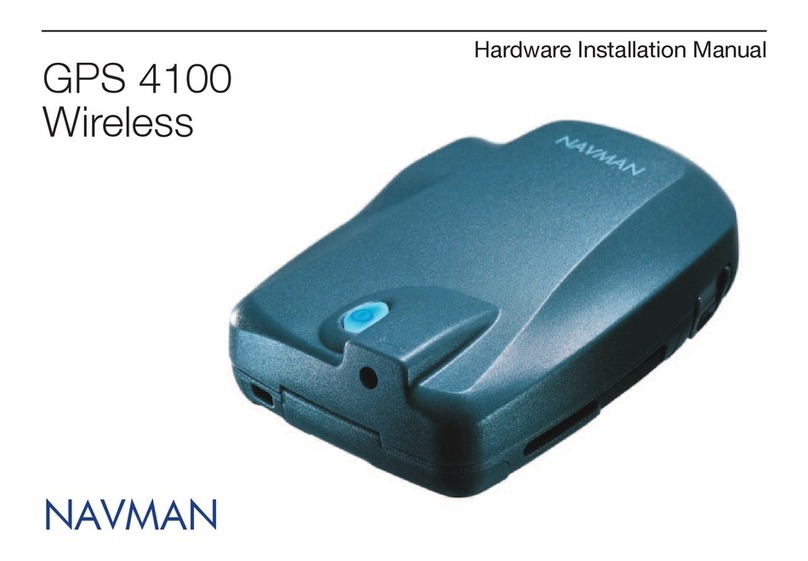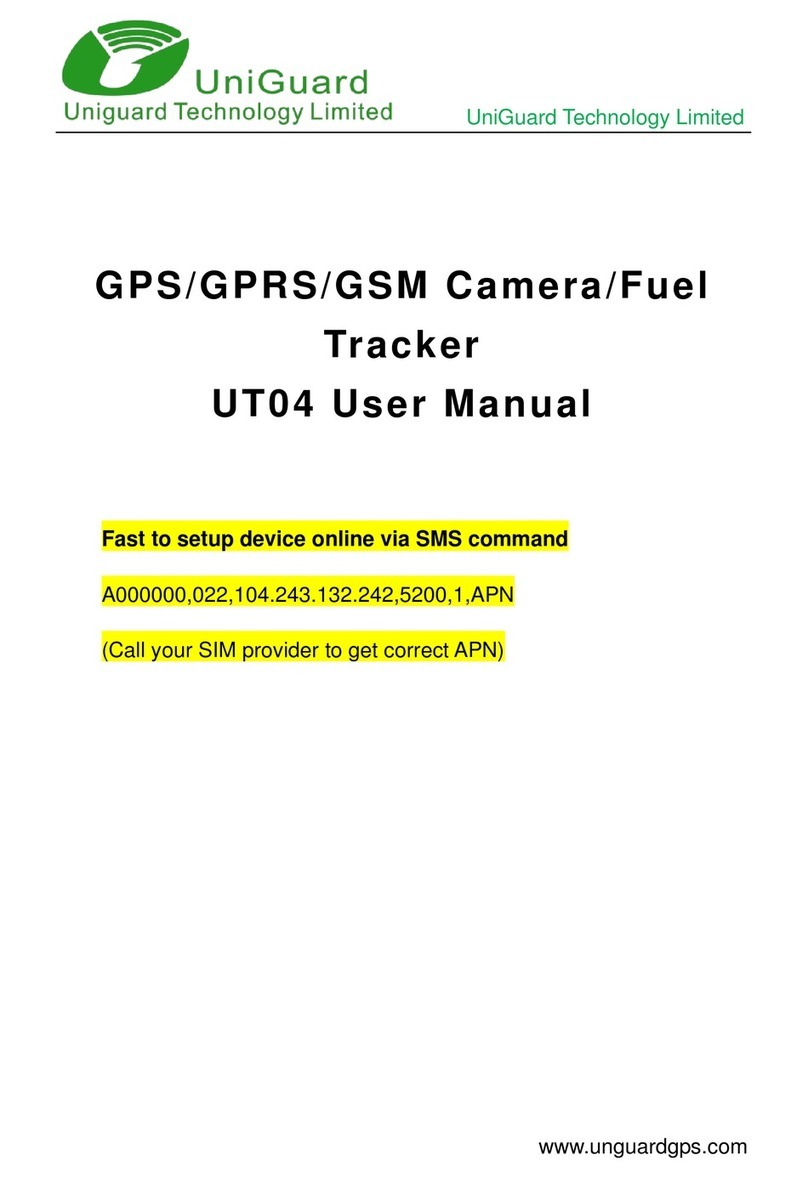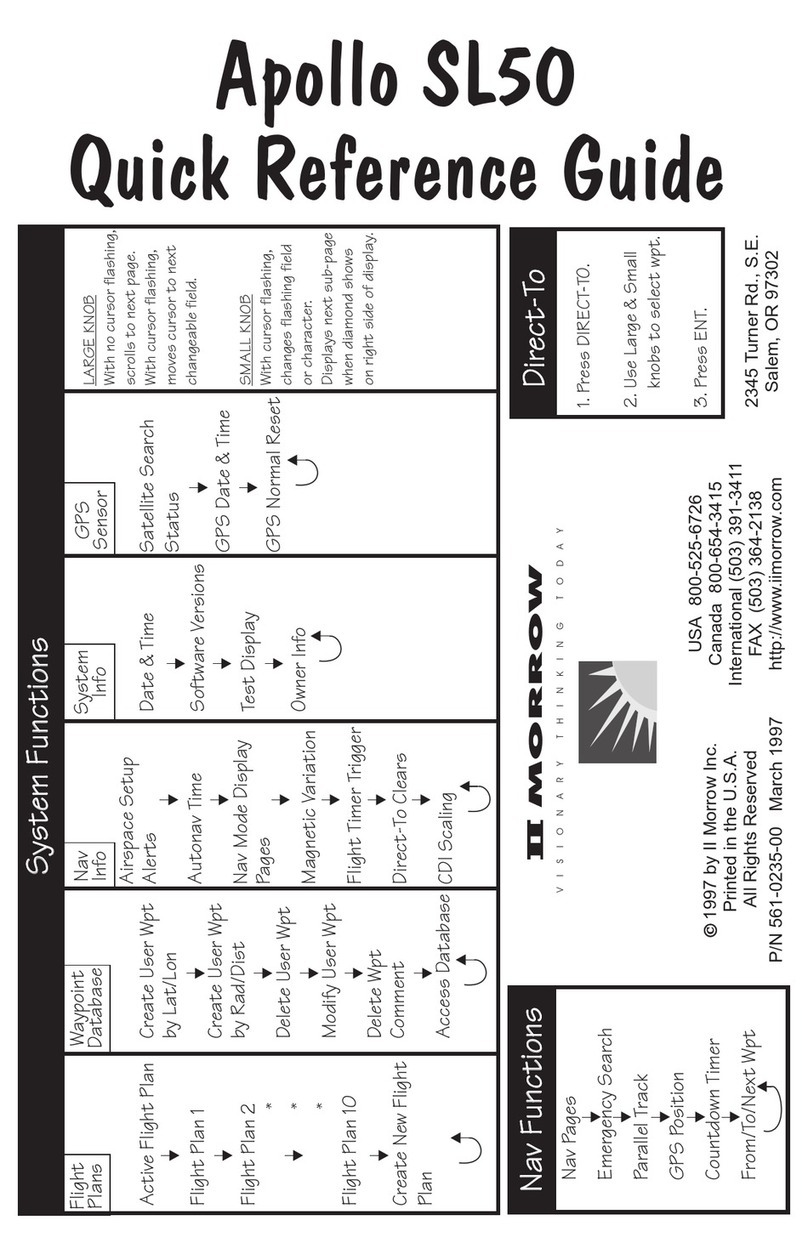FLEET HOSTER ATS01-48 User manual


Thank you for purchasing this high-quality GPS tracker from Fleet Hoster. Please read this user
manual carefully before installation and operation. Information in this manual is the property of
Fleet Hoster. Changes to the specifications and features in this manual may be made by Fleet
Hoster without prior notice. No part of this manual can be reproduced, copied, translated,
transmitted, or published in any form or by any means without Fleet Hoster's prior written
permission.
ATS01-48
The tracker is using GNSS & LTE technologies
that collect device coordinates and transfer
them via LTE network to the server. It
provides the customer with cost-effective,
efficient and safety management. It has been
widely used in commercial transportation, company vehicle fleet management, intelligent
transportation, logistics, car rental, engineering machinery, marine transportation, animal/pet
tracking and other segments.
Remember
• ATS01-48 obtains power through sunlight to extend the battery life.
• Please make sure that the device is exposed to direct sunlight every day. This will be
very useful to extend the battery life. If the device is not charged for more than three
months, it may cause permanent damage to the internal battery.
• Please make sure the device is fully charged before installation.
• Only when the solar panel output voltage value is 0.3V higher than device
battery voltage value, the solar panel will start to charge the battery. Otherwise,
the solar charging will stop.
• To ensure the battery life for a longer period, please be careful when setting reporting
intervals. Lower reporting rates will maintain the balance between the power
consumption and gaining (from solar panel). We usually recommend to set the tracker
reporting ≥every 5 mins when moving, and ≥every 1 hour when standstill. Customer
may also contact Fleet Hoster for further advice.

Copyright © Fleet Hoster. 2021 – All Rights Reserved | www.fleethoster.com 2
Equipment power consumption and solar panel charging current
• The normal device power consumption is around 50mAh when the device is in
working mode without sleep.
• The typical charging rate of the solar panel under direct sunlight at noon (in summer)
is about 250mAh (different sunlight illumination, different charging current).
Disclaimer: Before using this device, customers should fully understand their usage scenarios
and installation environment. Fleet Hoster will not be responsible for any loss caused by using
the device in a wrong scenario or reporting rate. It is highly recommended that customers
should contact Fleet Hoster before deployment. We are glad to give suggestions.
Intelligent Power Management
To extend the battery life, we designed an intelligent power management algorithm. This
algorithm allows the tracker to work under a lower reporting rate when battery is low. Once
the battery is charged back, the tracker will report as normal. This function is enabled by
default. Customer can disable it by command. The detail working logic is:
• When the battery voltage value is down to 3.5V, then the tracker will report at every
24 hours no matter moving or standstill.
• When the battery is charged back to 3.6V, the device will report as set by the
customer.
FOTA (firmware over the air) Notification
Fleet Hoster is committed to providing clients with the best user experience. We offer automatic
firmware update features for devices. This feature allows devices always to always have the latest
version firmware. It can save clients the time and effort of updating firmware manually. Please note
that this feature is enabled by default. If you want to turn it off, please contact Fleet Hoster. If this
feature is disabled, the fw update can only be done by sending the upgrade command manually.

Copyright © Fleet Hoster. 2021 – All Rights Reserved | www.fleethoster.com 3
Product Specifications
Network Specifications
Operating Band
FDD: B1/B2/B3/B4/B5/B8/B12/B13/B18/B19/
B20/B25/B26/B28
TDD: B39 (Cat M1 only)
EGPRS: 850/900/1800/1900MHz
Data Transmission
eMTC: Max. 300Kbps (DL), Max. 375Kbps (UL) NB1: Max.
32Kbps (DL), Max. 70Kbps (UL)
EDGE: Max. 296Kbps (DL), Max. 236.8Kbps (UL)
GPRS: Max. 107Kbps (DL), Max. 85.6Kbps (UL)
GNSS Specifications
GNSS Chipset
Qualcomm Gen 8C GNSS receiver
GNSS System
GPS+Glonass+Galileo+Beidou
Receiver type:
33 tracking / 99 acquisitions- channel GNSS receiver
Sensitivity
Cold start: -149 dBm
Tracking: -163 dBm
Position Accuracy in open sky (CEP-50)
< 2m
Standalone TTFF
Cold start: < 29s
Warm start: < 27s
Hot start: < 1s
Interfaces
Charging and Data Transmission
4 Pin port with magnet
Network, GNSS Antenna
Internal only
Indicator LED
Network, GNSS and Battery
FOTA
Yes
Physical Power Switch
1
Light Sensor
1 back light sensor
Temperature Sensor
1 temperature sensor
BLE 5.0
No
General Specifications
Waterproof
IP67
Dimensions
85mm*185mm*31 mm (3.35” *7.28” *1.22”)
Weight
370g (13oz)
Battery
Rechargeable Li-Polymer 9600 mAh/ 3.6V

Copyright © Fleet Hoster. 2021 – All Rights Reserved | www.fleethoster.com 4
Standby Time
(without solar charging, 2 hours active tracking per day)
10 minutes reporting: 320 Days
5 minutes reporting: 170 Days
1 minute reporting: 68 Days
Charging & Data Communication
Magnetic USB cable
(recommend using 5V 1A adaptor, 20 hours charging)
Operating Temperature
-25℃ ~ +70℃ (-13°F ~ 158°F)
Mounting
Magnet/Screw
Air Interface Protocol
Transmit Protocol
TCP, UDP, MQTT, SMS
Data Security & Encryption Option
MD5/ AES256
BLE Accessory Support
Yes
Scheduled Timing/angle/distance Report
Report position and status at preset intervals
Geo-fence
Support up to 64 internal geo-fence regions
Alarms
Support up to 31 types of alarm
(refer 7. Alarm Configuration)
Standard Accessories Introduction
USB cable-for charging
LED indicator
Note: Indicator lights will go out automatically after the tracker turns on for 70 seconds without
connecting to the external power via USB cable.

Copyright © Fleet Hoster. 2021 – All Rights Reserved | www.fleethoster.com 5
• Installation
• Mount away from emission source such as all kinds of sensors, burglar alarm
and other communication devices.
• Mount so solar panel is in view of sunlight.
•
Tracker Operation
• Physical power on or off.
• Turn the power switch to on or off position.
• Physical power off is recommended when the tracker is stored in the
warehouse.
•
Motion Operations
Hold the tracker and keep the indicator LED side towards the sky. Use normal speed
to turn it over 180°(the solar panel side towards the sky) then recover. This is called
onetime standard turning. By repeating the standard turning 3 times, the tracker
will show GNSS, network and battery status through indicator LED. It only works
when physical power switch is at on position.
•
The Battery
• Place the tracker solar panel side on the desk.
• Recommend connecting the device to a 5V 1A (cellphone) adaptor through
magnet USB cable for 20 hours charging to make sure the battery is fully
charged.
• Customer also can connect the tracker to other USB connectors, but lower
current output will cause longer charging time.
• When the battery voltage value drops to 3.5V, usually a battery charging is
needed to avoid unexpected shutdown due to low power. If the battery runs
out completely, only when the battery is charged to 3.5V, the device will power
on again.
FCC Caution:
Any Changes or modifications not expressly approved by the party responsible for compliance
could void the user's authority to operate the equipment.
This device complies with part 15 of the FCC Rules. Operation is subject to the following two
conditions: (1) This device may not cause harmful interference, and (2) this device must
accept any interference received, including interference that may cause undesired operation.

Copyright © Fleet Hoster. 2021 – All Rights Reserved | www.fleethoster.com 6
IMPORTANT NOTE:
Note: This equipment has been tested and found to comply with the limits for a Class B digital
device, pursuant to part 15 of the FCC Rules. These limits are designed to provide reasonable
protection against harmful interference in a residential installation. This equipment generates,
uses and can radiate radio frequency energy and, if not installed and used in accordance with the
instructions, may cause harmful interference to radio communications. However, there is no
guarantee that interference will not occur in a particular installation. If this equipment does cause
harmful interference to radio or television reception, which can be determined by turning the
equipment off and on, the user is encouraged to try to correct the interference by one or more
of the following measures:
• Reorient or relocate the receiving antenna.
• Increase the separation between the equipment and receiver.
• Connect the equipment into an outlet on a circuit different from that to which the receiver
is connected.
• Consult the dealer or an experienced radio/TV technician for help.
FCC Radiation Exposure Statement:
This equipment complies with FCC radiation exposure limits set forth for an uncontrolled
environment. This equipment should be installed and operated with minimum distance 20cm
between the radiator& your body.
Table of contents
Other FLEET HOSTER GPS manuals

